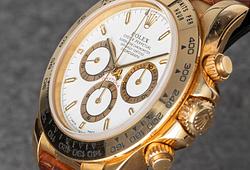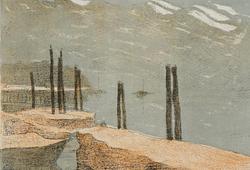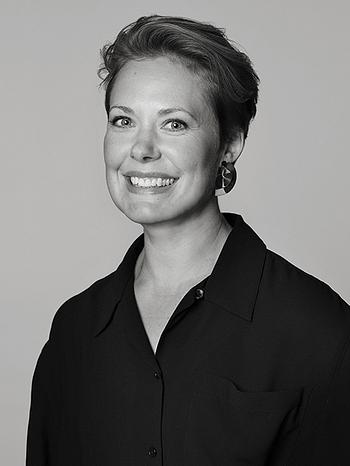Richard Phillips
"The Dead Do Not Revolt (After Aslan)"
Executed in 2008. Oil on canvas 182.8 x 141.5 cm.
Provenance
Gagosian Gallery, New York.
Private Collection, Stockholm. Acquired from the above in 2009.
Literature
Gagosian Gallery, ”Richard Phillips - New Museum”, 2009, illustrated full page p. 18.
S Magazine,”Richard Phillips social services”, 2009, illustrated full page p. 75.
Marcus Steinway, ”Richard Phillips: Negation of the Universe”, 2014, illustrated full page p. 210.
More information
'... Over the last decade, Phillips has developed a striking signature style that derives its tension from his selective use of popular images that he subjects to the technical, value-laden refinements of academic painting. For Phillips, critique is as much an intrinsic material in the conception and staging of his paintings as the canvas and paint with which they are made. His deft and selective scrambling and conflating of subject and genre continues to provide challenging comment on the condition and reach of painting in our time. As a self-conscious American painter weaned on postmodern appropriation strategies, Phillips is an active protagonist in the continually evolving discourse on the many lives and deaths of painting and how this interacts, throughout history, with the complex politics of making and reading images. ...
... Evoking the potentially explosive implications of these competing interests, SUMKA and The Dead Do Not Revolt (After Aslan) deal with potent symbols of power and revolution. In the former it is the emblem of the Iranian neo-Nazi party containing vestiges of the German swastika; in the latter, it is an image of Fidel Castro appropriated from a photograph of a "body painting" by the notorious erotic illustrator Aslan. In Aslan's original painting, Castro's face appears inscribed on a woman's abdomen and genitals in a blunt negation of his carefully proscribed image of revolutionary masculinity, complete with phallic cigar.
By manipulating, recombining, and amplifying all manner of sexual, social, political, commercial, and artistic imagery, Phillips's incisive and at times repugnant compositions continue to challenge the concept of fixed and predetermined meanings in visual culture while proposing an altogether new meaning of the term "history painting."
Born in Massachusetts in 1962, Richard Phillips lives and works in New York. His work is collected by public and private institutions including the Albright-Knox Art Gallery, Buffalo, NY; the Denver Museum, CO; the Modern Art Museum of Fort Worth, TX; the Museum of Modern Art, New York; the Museum of Contemporary Art, Miami; UBS Paine Webber Art Collection, New York; San Francisco Museum of Modern Art; Tate Modern, London; Van Abbemuseum, Eindhoven, The Netherlands; and the Whitney Museum of American Art, New York. ...'
From the exhibition text for Richard Phillips' exhibition 'New Museum' at Gagosian Gallery.

































